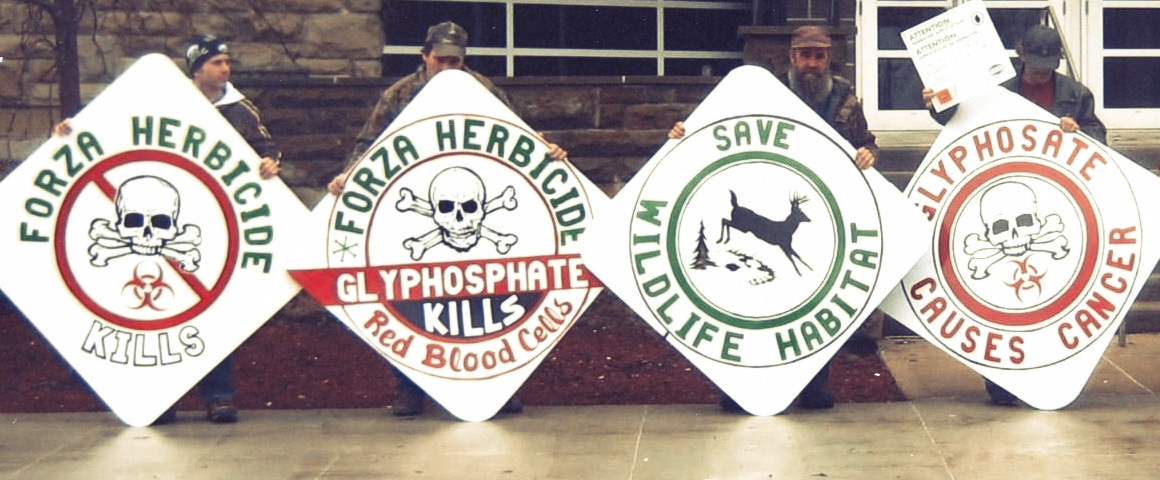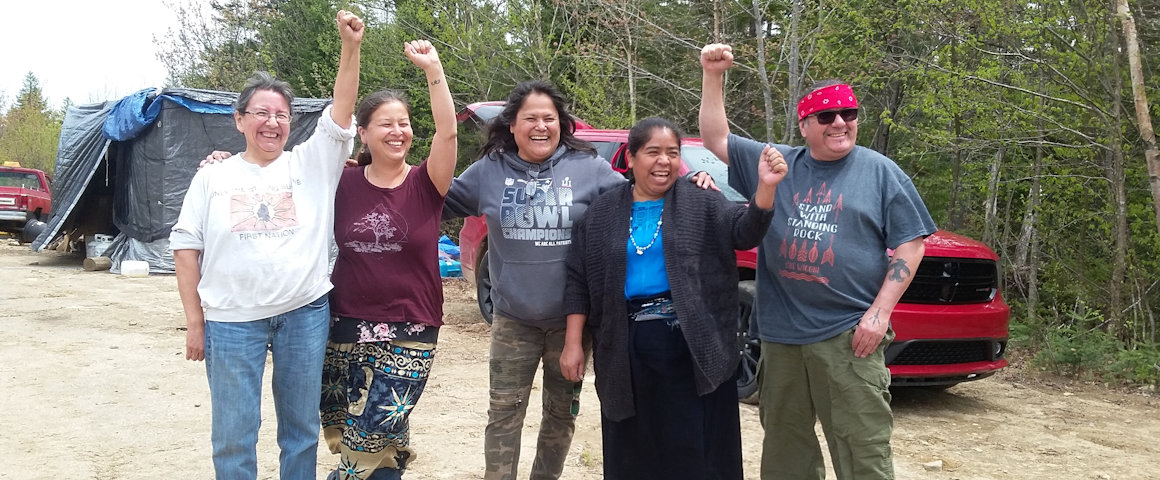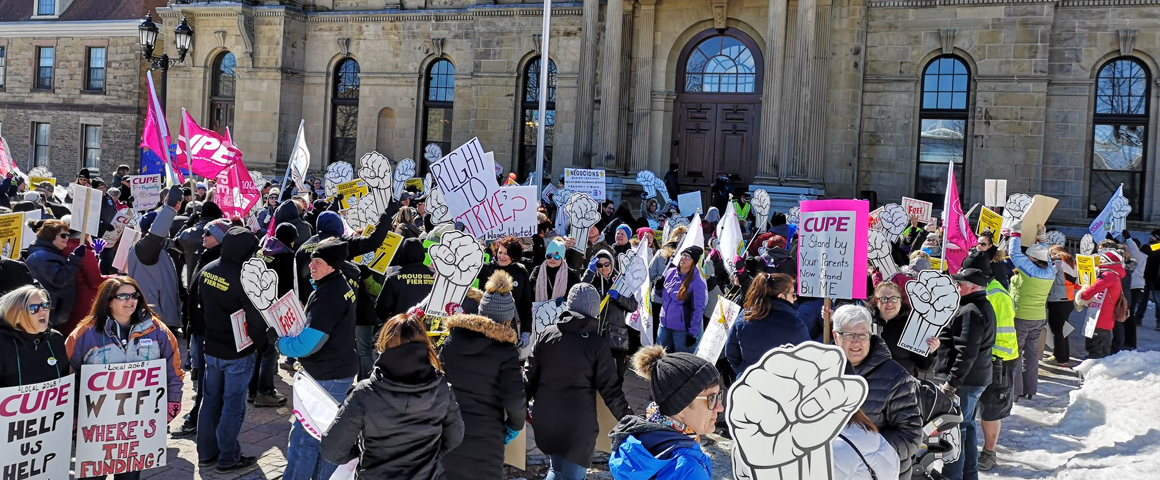The white-tailed deer harvest in New Brunswick has decreased by a factor of more than seven during the last three decades, a period in which the harvest in Quebec increased four-fold, and deer populations in many other parts of Canada and the United States also increased.
The New Brunswick harvest was 31,205 in 1985, and 4,378 in 2015. The provincial economy has remained heavily dependent on forestry since colonial times, and New Brunswick’s forests are more intensively harvested than those of any other Canadian province.
Loss of habitat and appropriate grazing vegetation are blamed for the decline in New Brunswick’s deer numbers. Although New Brunswick is 85% forest-covered, most of that forest has been “borealised” – converted from mixed, old-growth forest of the Acadian type to softwood forest, mainly spruce and fir, which is harvested typically on a 50-year rotation.
Fast-growing softwoods are deemed more desirable by the pulp and paper industry than are slower-growing, longer lived tree species. Somewhat more than one percent of the province’s forest is harvested annually. Regeneration of deciduous species is discouraged by clearcutting, silviculture (tree planting), and the application of glyphosphate, a herbicide which also harms wildlife and is a suspected human carcinogen.
New Brunswick uses a greater volume of glyphosphate than any other province. Deer need deciduous trees for food, and need forest stands which are more than 50 years old – “overmature,” by the pulp and paper industry’s definition — for protection in winter.
New Brunswick’s forest industry has been dominated since the mid-20th century by the Irving company, which has a status almost approaching that of a feudal ruler, with oil, shipbuilding (Canadian Navy frigates), railway, media, and retail holdings in addition to its pulp mill, extensive private timber ranges, and licenses to cut on crown land. It owns three of the four daily newspapers, and wields enormous influence in the province’s Conservative and Liberal parties, which, between them, have never been out of power.
In 2014 the Liberals approved a new timber deal Irving had negotiated in secret with the preceding Conservatives (it included a temporary Irving-imposed publication ban), decreasing the land area protected from cutting, and increasing the allowable annual harvest from crown land. This was in spite of ongoing expressions of concern by local biologists that the forest was already being over-exploited.
The forest industry in New Brunswick does, however, appear to be in economic trouble. Major forestry multinationals including the American Weyerhauser and the Finnish UPM Kymmene have pulled out. Of the province’s ten crown-land timber licenses, all have changed hands since 2000, except the two held by Irving.
The license for the east-central part of the province currently has no company willing to operate it, and is under a government-appointed management team. Companies claim that New Brunswick forestry cannot compete globally against regions whose climates enable greater annual growth rates of wood, or where cutting regimes even more intensive than those allowed in New Brunswick.
A more promising trend from an environmental perspective is that small woodlot owners (defined as those who do not own a mill), who 50 years ago were the worst from a forest-management perspective, now increasingly embrace the non-timber values of their stands, such as aesthetic, conservation, residential, and spiritual values. A survey in 2011 found that they gave environmental and legacy reasons as their principal motivation for owning forest land – ahead of timber harvesting as a motivation. Thirty-seven percent of the small woodlot owners said they had not harvested from their land in the last ten years.




